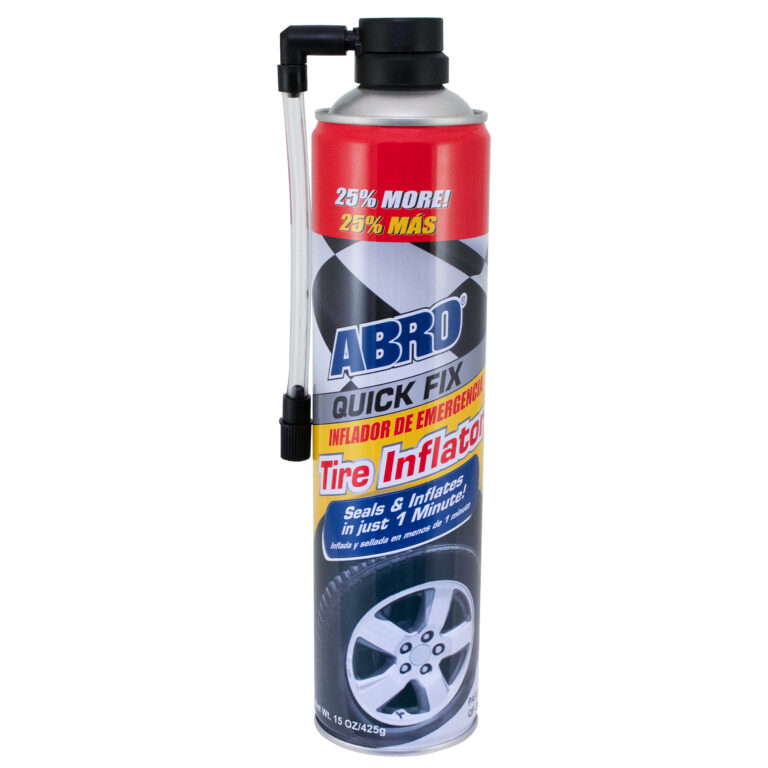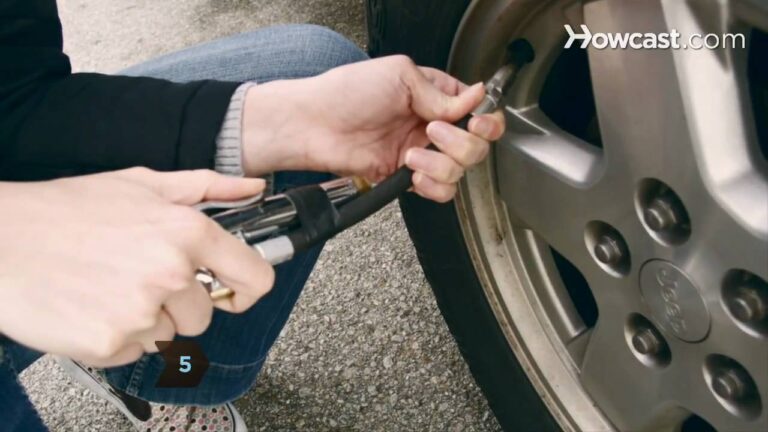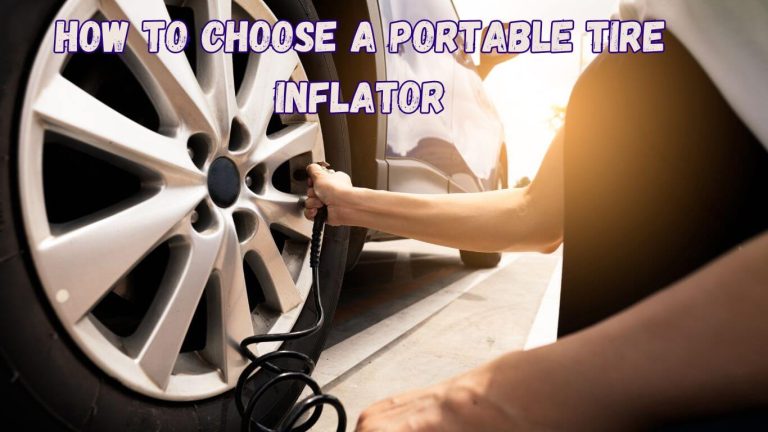How To Pump A Bike Tire With A Schrader Valve
Flat tire? Don’t panic! Learning how to pump a bike tire with a Schrader valve is a crucial skill for any cyclist. This guide will walk you through the process step-by-step, ensuring you’re back on the road in no time. You’ll learn about different pump types, troubleshooting common problems, and maintaining your tires for optimal performance. By the end, you’ll be a Schrader valve expert!
Understanding Schrader Valves
This section explains the mechanics of Schrader valves, commonly found on most bike tires, and their interaction with different types of pumps. We will cover how to correctly identify a Schrader valve and prepare for inflation.
Identifying a Schrader Valve
- Schrader valves resemble small metal stems protruding from the tire rim. They have a small pin in the center, which needs to be depressed to allow air to flow. This pin is crucial for proper inflation, acting as a valve seal.
- The valve’s exterior is typically marked with a small groove around the stem to indicate the Schrader type. Look for this groove to identify your valve type, as opposed to Presta valves, which lack this feature.
Preparing for Inflation
- Ensure your pump is compatible with Schrader valves. Most standard bicycle pumps are designed to work with both Schrader and Presta valves. Check your pump’s head to make sure it fits snugly over the valve stem.
- Inspect the valve for any visible damage or debris. Clean the valve stem with a clean cloth if needed, as debris can obstruct the pump’s connection and prevent proper inflation.
Pumping Your Bike Tire with a Schrader Valve
This section provides a detailed step-by-step guide on how to inflate a tire using a floor pump and a hand pump. It also highlights essential safety precautions to prevent accidents.
Using a Floor Pump
- Position the pump head firmly onto the Schrader valve. You should hear a slight hiss or click as it makes contact, signifying a good seal. A secure connection is essential for efficient inflation.
- Begin pumping steadily. Watch the pressure gauge (if your pump has one) to monitor tire pressure. Avoid over-inflating; it can damage your tire or the rim.
- Once the desired pressure is reached, remove the pump head from the valve. The tire’s pressure gauge should show your target PSI. Remember to carefully remove the pump head to avoid sudden air pressure escape.
Using a Hand Pump
Hand pumps require more effort but are portable. Follow the same steps as with a floor pump, but expect to pump more frequently to achieve the same pressure.
Safety Precautions
- Never exceed the maximum pressure indicated on your tire sidewall. Overinflation can lead to tire blowouts and potential injuries.
- Pumping too quickly can create extreme heat in the valve and rim area, potentially leading to burns or damage to the tire.
Troubleshooting Common Issues
This section deals with common problems encountered while pumping bike tires, offering solutions to swiftly resolve these issues and get back on the road.
The Valve Won’t Seal
- Check for any dirt or debris on the valve. Clean it thoroughly with a cloth or brush.
- Ensure the pump head is securely attached. Sometimes, a slight twist or adjustment can improve the seal.
- If the valve stem appears damaged or bent, consider replacing it. A damaged stem might not form a tight seal, rendering the valve unusable.
Slow Inflation
- The valve core might be clogged. Try using a valve core tool to remove and clean the core. This will allow for smooth air flow during inflation.
- There might be a puncture in the tire. Inspect your tire carefully for any visible punctures or embedded objects.
- The pump itself could be malfunctioning. Try using a different pump to determine if the issue is with the pump or the valve.
Maintaining Your Tires and Schrader Valves
Regular maintenance ensures optimal tire pressure and prevents unexpected flats. This section covers the basics of tire care and prolongs the life of your Schrader valves.
Regular Pressure Checks
Check your tire pressure regularly, ideally before every ride. Consistent pressure is crucial for optimal performance, efficiency, and safety. This will avoid flat tires and maximize your bike’s performance.
Cleaning Your Schrader Valves
- Wipe your Schrader valves clean with a damp cloth after each ride. This helps prevent dirt and grime from clogging the valve and interfering with inflation.
- Periodically inspect the valve for any damage. A slight bend or crack can render your valve useless.
Replacing Damaged Valves
If your valve is damaged beyond repair, replacing it is a straightforward process. You can find replacement valves at most bike shops. A visual guide on replacing a schrader valve would be helpful here. Insert a picture here.
FAQ
What is the correct tire pressure for my bike?
The recommended tire pressure is printed on the sidewall of your tire. It usually varies depending on tire size, rider weight, and terrain.
My tire keeps losing air. What should I do?
Check for punctures or leaks by submerging the tire in water and looking for bubbles. If you find a leak, you may need to patch or replace the tube.
Can I use a Presta pump on a Schrader valve?
No, Presta pumps are not compatible with Schrader valves. You need a pump with a Schrader attachment.
What is the difference between a Schrader and Presta valve?
Schrader valves are more common and easier to use, while Presta valves are used on higher-end bikes for better sealing and are known for their high-pressure capability.
How often should I check my tire pressure?
It’s best to check your tire pressure before every ride to ensure optimal performance and safety.
My tire is completely flat; how much air will it take?
The amount of air required depends on your tire size and recommended pressure. Refer to your tire’s sidewall for the correct inflation level. You might also need to check for a puncture or leak if it deflates rapidly.
What should I do if my pump won’t attach properly to the valve?
Clean the valve stem thoroughly and make sure the pump head is correctly aligned. If it still doesn’t work, try a different pump.
Final Thoughts
Mastering the art of pumping your bike tire with a Schrader valve is a simple yet essential skill for any cyclist. Regular maintenance, understanding the correct procedure, and knowing how to troubleshoot common problems will keep you riding smoothly. Remember to always check your tire pressure before each ride and never exceed the maximum pressure recommended on your tire sidewall. Keep your bike maintained and enjoy the ride!



